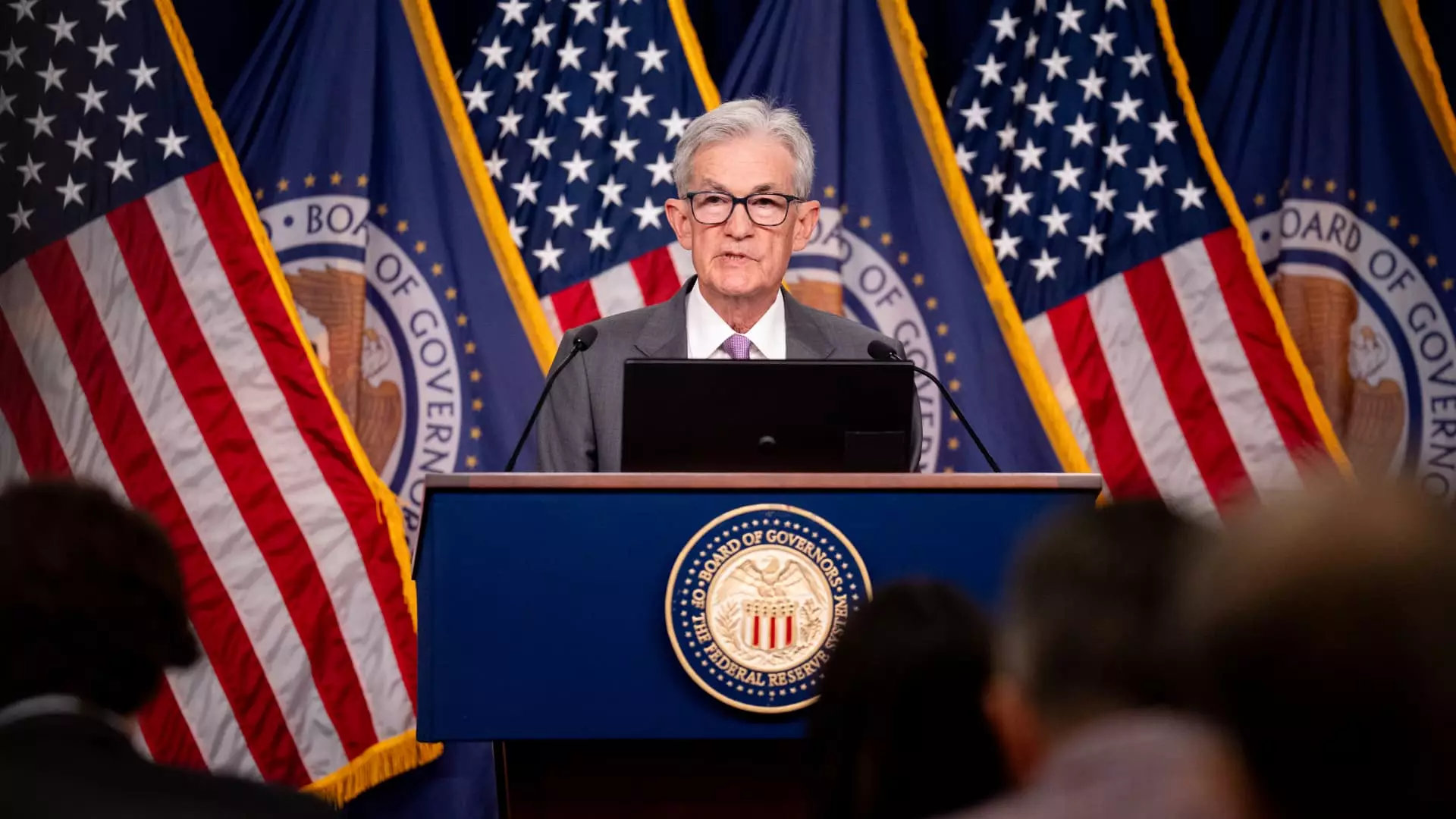As British fund manager abdrn predicts a soft landing for the U.S. economy, concerns about a prolonged slowdown in 2025 linger. Kenneth Akintewe, the company’s head of Asian sovereign debt, raised doubts about the accuracy of economic indicators and the Federal Reserve’s decision-making process. He highlighted the revision of non-farm payroll numbers, revealing a weaker economic performance than initially reported. The U.S. Labor Department disclosed that the economy created 818,000 fewer jobs than previously stated from April 2023 to March 2024. Such discrepancies raise the question of whether the economy is already weaker than perceived and if the Fed should consider easing its monetary policy.
Akintewe cautioned that policy changes by the Federal Reserve require time to take effect, emphasizing the need for substantial easing if the economy is indeed struggling. He suggested that a significant reduction in interest rates, ranging from 150 to 200 basis points, may be necessary to stimulate growth. However, he warned that the transmission of such measures could take six to eight months to manifest fully. With the looming possibility of a downturn in early 2025, Akintewe projected that any easing measures implemented might not impact the economy until the second half of the year. This delay in addressing economic challenges could result in a significantly altered financial landscape by then.
Akintewe criticized the market’s fixation on predicting the magnitude of potential rate cuts while overlooking broader questions regarding the Fed’s current policy stance. He questioned the rationale behind maintaining a policy rate of 5.5% when inflation has subsided to nearly 2.5%. The discrepancy between the real policy rate and prevailing economic conditions raises concerns about the effectiveness of current monetary policies in addressing uncertainties facing the U.S. economy. Moreover, recent data on the Personal Consumption Expenditures (PCE) price index showing a modest increase further complicates the decision-making process regarding future rate adjustments.
Maintaining a 300 basis point real policy rate in light of diminishing inflation rates and prevailing economic uncertainties may not align with the evolving economic landscape. The market’s response to the data indicates a reduced likelihood of a significant rate cut in the near term, with expectations primarily centered around a 25-basis-point decrease at the upcoming Fed meeting. While some speculate on the potential for a larger rate adjustment, the current outlook suggests a more conservative approach to monetary policy in the coming months.
The concerns raised by Akintewe reflect the delicate balance between economic indicators, policy decisions, and market expectations. The uncertainties surrounding the U.S. economy underscore the challenges faced by policymakers in navigating a path towards sustained growth while mitigating risks of a prolonged slowdown. The evolving economic landscape demands a nuanced understanding of the interplay between data revisions, policy adjustments, and market dynamics to foster resilience and stability in the face of uncertain times.

